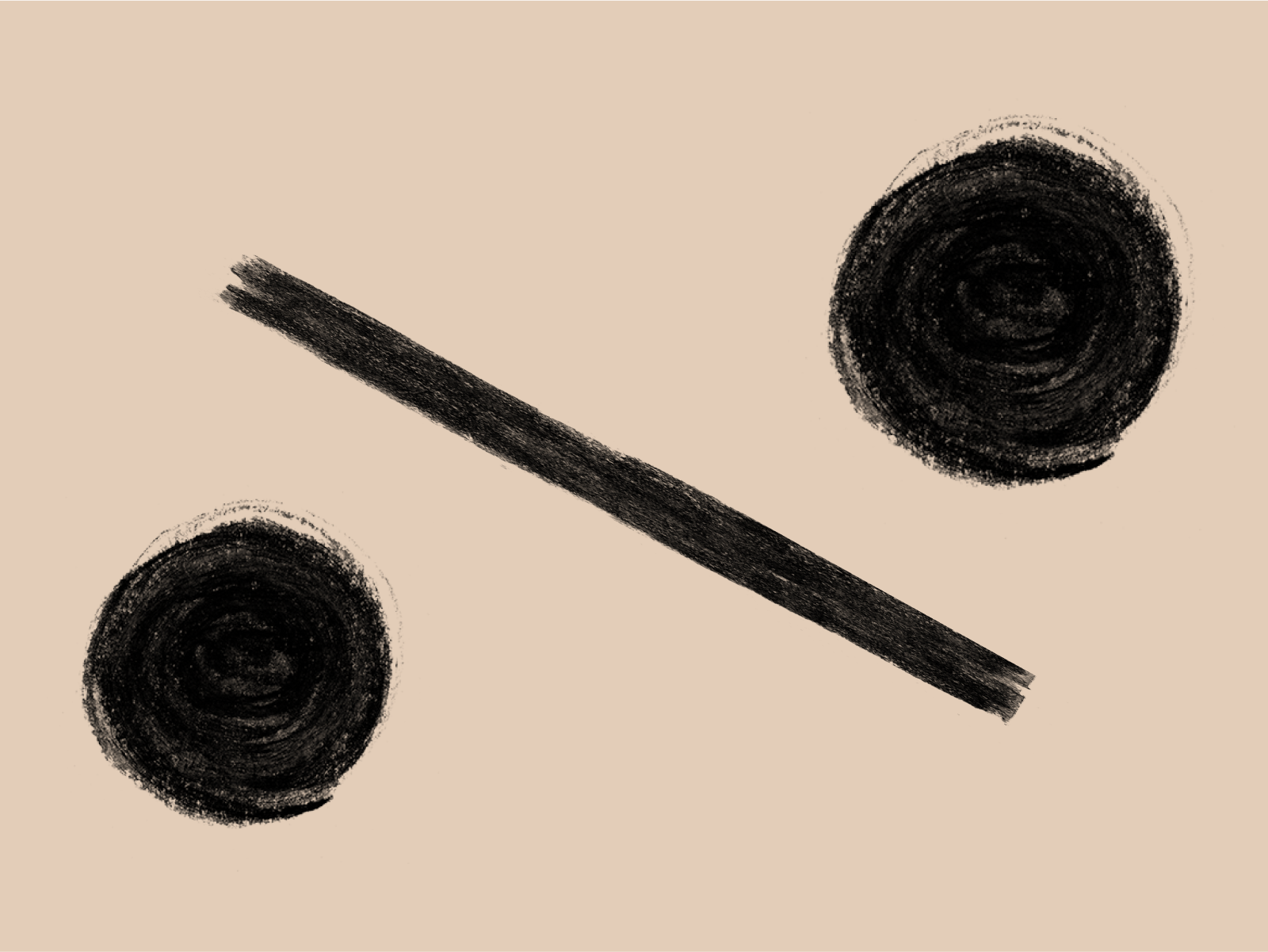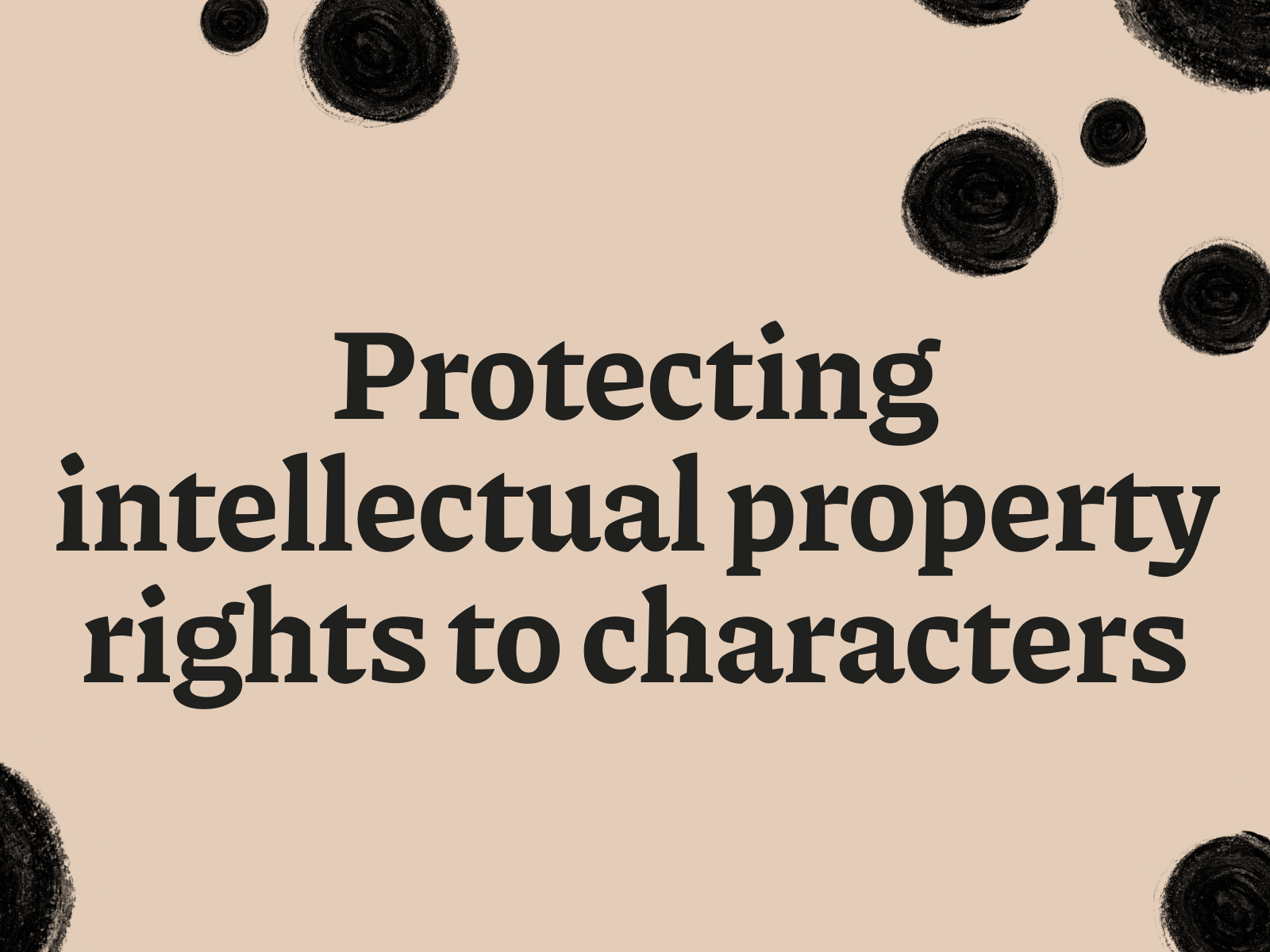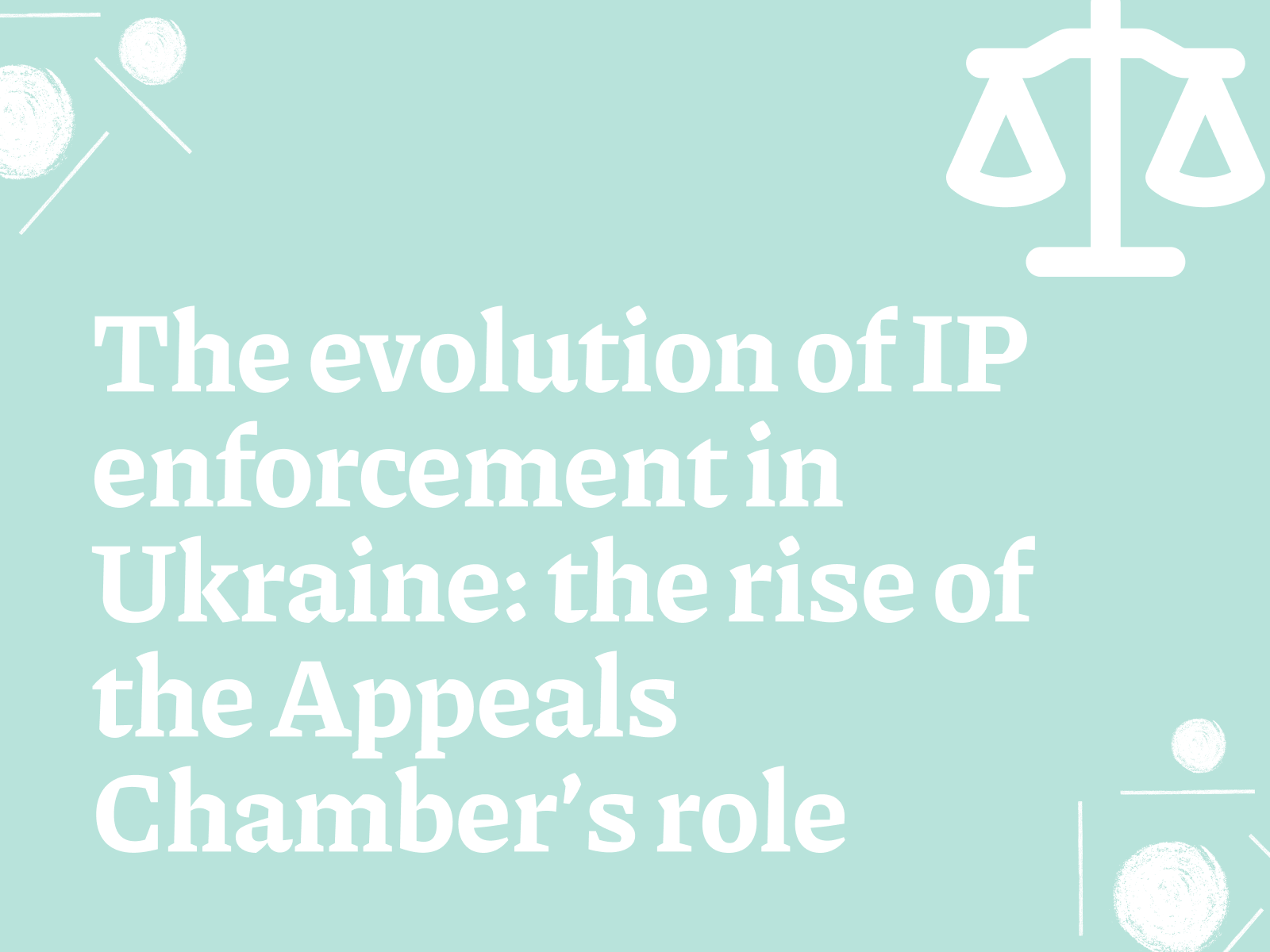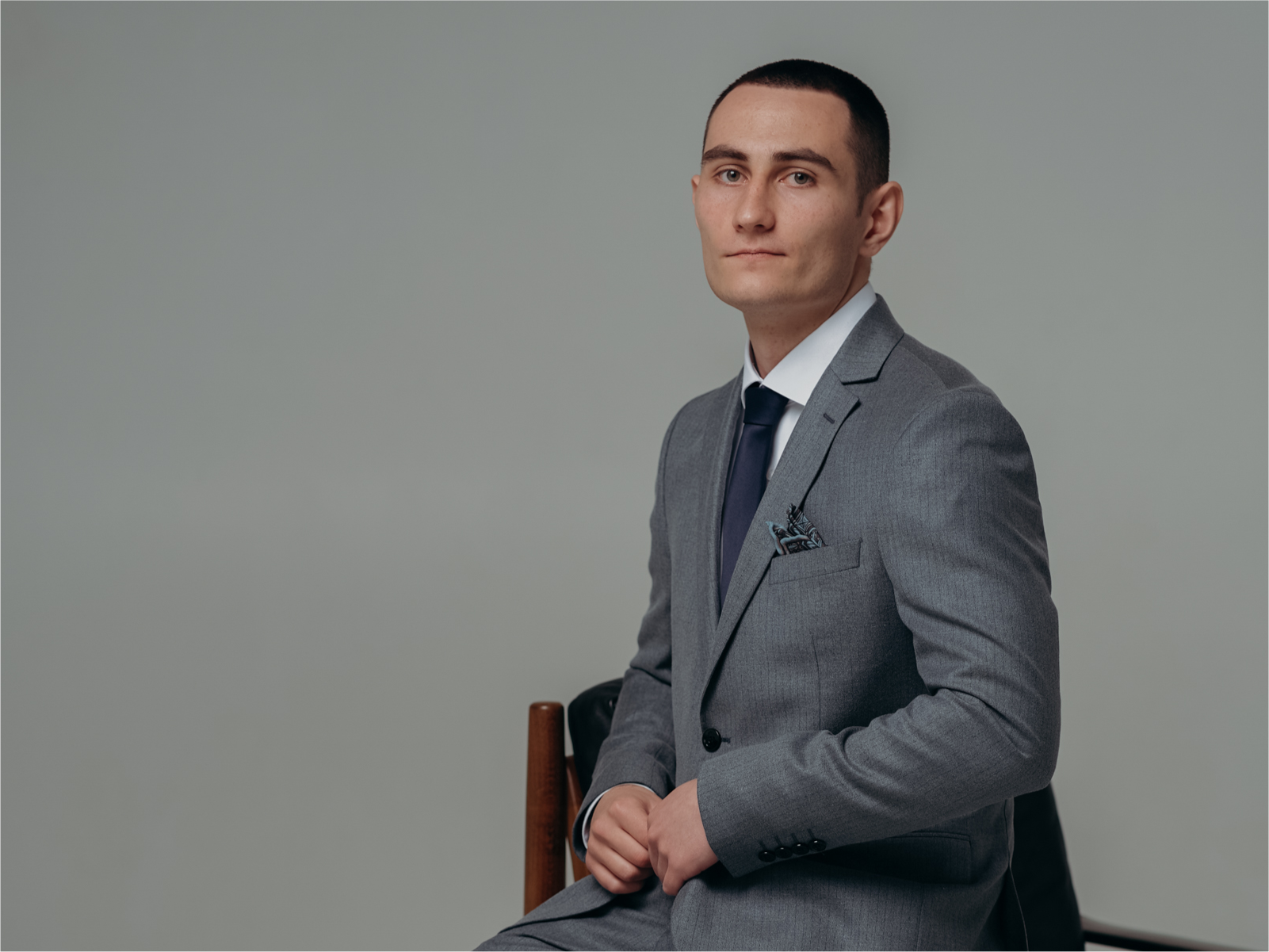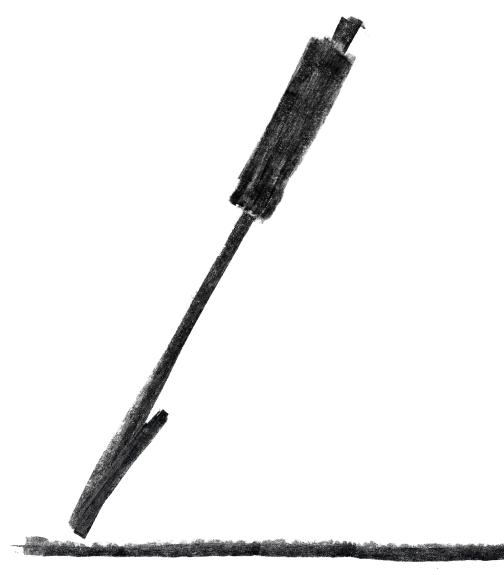For to obtain a patent it is necessary to know not only the basic principles and requirements for patentable subject matter, but also to understand how to properly execute a patent for an invention. Patent protection plays a key role in the modern world of innovation and technology, providing authors with exclusive rights to their inventions. Not only the success in obtaining a patent, but also its further protection depends on the correctness of the application and compliance of the documents with the established norms. In this review we will look at the basic steps and requirements for documents, patentability criteria and the role of legal support in the patent registration process.
Main stages of patent registration
How to apply for a patent and patent a utility model
For successful patent registration, it is important to understand the filing process and application requirements. Patenting a utility model and filing a patent application for an invention can be done if the following steps are followed:
- Determination of patentability: before filing, you must ensure that your invention meets the criteria of novelty, prior art and industrial applicability.
- Preparation of necessary documents: for processing of the application for invention it is necessary to prepare a description of the invention, abstract, drawings (if necessary) and claims.
- Filing: The rules for filing an invention application provide for filing with the appropriate patent office at the place of registration. It is important to follow the format and requirements precisely to avoid rejection.
Documentation and criteria for obtaining a patent
In order to obtain a patent, it is extremely important to properly prepare and submit all the necessary documents. What documents are needed to obtain a patent depends on the specific patent authority, but the standard package includes:
- Patent Application.
- Description of the invention.
- Claims.
- Drawings and diagrams (if available).
A utility model certificate, if the registration concerns a utility model.
Procedure of obtaining patent for a utility model also requires proof of the uniqueness and novelty of the invention, supported by relevant documents and studies.
Patentability criteria and validity periods
What are the criteria for patentability of a utility model? The main criteria include novelty and industrial applicability. The invention must also not be obvious to a person skilled in the art.
The term of a utility model patent is usually between 10 and 15 years, depending on the country of registration, requiring subsequent renewals to maintain rights.
Legal support and procedural aspects
Importance of legal assistance in the registration process
Gaining a patent is a complex legal process that requires not only precise compliance with all requirements and procedures, but also a thorough understanding of intellectual property law. In this context lawyer consultation could prove invaluable.
Legal aid may include:
- Preliminary testing of the patentability of an invention.
- Preparation and submission of the application, including all required documents.
- Representation of the applicant before the patent office.
- Tips on how to protect patent rights and what to do in case of infringement.
Good lawyers specialise in various aspects of intellectual property and can greatly simplify the registration process, minimise the risks of rejection and protect your rights to your invention.
Registration process and patent validity terms in Ukraine
The process of patent registration in Ukraine includes several key stages, starting from filing an application and ending with obtaining a utility model certificate or an invention patent. In order to register a patent, it is necessary to:
- Apply to the Ukrainian National Office of Intellectual Property and Innovation.
- Undergo a formal review to ensure compliance with submission requirements.
- Await publication of the application and conduct a substantive examination.
- In case of a favourable decision, pay the prescribed fees for the granting of the patent and its publication.
The term of validity of a utility model patent in Ukraine is 10 years with the possibility of extension. It is important to note that maintaining the validity of a patent requires regular payment of state fees.
Obtaining a patent is about protecting your innovations and work. In the process of registration it is important not only to follow all procedural requirements precisely, but also to understand the importance of legal protection of your rights. Patent registration in Ukraine is your step towards official recognition and protection of your intellectual work.
Conclusions
The patent registration process is a key step in protecting intellectual property and commercialising inventions. How an invention is patented depends not only on the legal protection of the innovation, but also on its potential to become a successful commercial product. Obtaining a patent requires not just following the formal requirements, but also a deep understanding of the process, from filing to managing a patent portfolio.
The assistance of qualified lawyers can be a crucial factor in successfully registering a patent, ensuring its validity and defending it in case of infringement. In Ukraine, the registration process requires special attention to detail and knowledge of local legislation, which makes co-operation with professionals particularly valuable.
Ultimately, patent registration is an investment in the future of your innovation and business. It not only protects your invention from misuse, but also opens up new opportunities for growth and development. The right approach to patenting utility models and inventions is the key to successful commercial exploitation and long-term protection of intellectual property.
What documents and information do I need to provide when applying for patent registration?
The application must contain:
- application for the grant of a Ukrainian patent for an invention
- description of the invention (utility model)
- claims of the invention (utility model)
- drawings (if referenced in the description)
- Abstracts.
The application shall be made in the Ukrainian language. The application shall contain full name and address of registration for individuals, and full name, address of location and USREOU code for legal entities.
Where the description and claims are in another language, a translation of them should be furnished to the Registration Authority.
The application materials shall not contain statements, drawings, drawings, photographs and any other materials contrary to public order, principles of humanity and morality, disparaging statements concerning inventions (utility models) and results of activities of other as well as information and materials that clearly do not or relate to or persons, as well as information and materials which clearly do not relate or are not necessary for recognising the documents of the application as complying with the legal requirements. In the claims, description, abstract and explanatory materials to the description as a rule, standardised terms and abbreviations and, if they are not available, commonly used in scientific and technical literature shall be used.
When using terms symbols that are not in common use, it is necessary to explain their meaning when first used in the text. All symbols should be deciphered.
What are the basic criteria and requirements for an invention to successfully register a patent?
Legal protection shall be granted to an invention which is not contrary to public policy, generally recognised principles of morality and which meets the conditions of patentability.
The object of an invention for which legal protection is granted under this Law may be a product (device, substance, strain of microorganism, culture of plant and animal cells, etc.), process (method).
Legal protection does not extend to such objects:
- plant varieties and animal breeds;
- biological in their basis processes of reproduction of plants and animals, which do not refer to non-biological and microbiological processes, as well as products of such processes;
- layout of semiconductor products;
- artistic design outcomes;
- surgical or therapeutic ways of treating a human or animal, ways of diagnosing the human or animal body.
- human cloning processes;
- processes of change through the germline of people’s genetic identity;
- the use of human embryos for industrial or commercial purposes;
- processes of altering the genetic identity of animals that may cause their suffering without any significant medical benefit to humans or animals, and animals bred as a result of such a process;
- human organism at different stages of its formation and development, as well as the simple identification of one of its elements, in particular the sequence or part of the sequence of a gene.
- A product or process that involves a plant or animal, the use of which is limited to a particular variety of plant or a particular breed of animal;
- a product or process that concerns natural biological material that is not separated from its natural environment or is not the product of a technical process.
An invention fulfils the conditions of patentability if it is novel, involves an inventive step and is industrially applicable.
An invention (utility model) is recognised as new if it does not form part of the state of the art. Subject matter which is part of the state of the art should be considered only separately for determining the novelty of an invention (utility model).
The prior art includes all information that became generally available in the world prior to the date of filing of the application with the registration authority or, if priority is claimed, prior to the priority date of the application.
The prior art also includes the content of any application for state registration in Ukraine of an invention (utility model) (including an international application in which Ukraine is designated) in the version in which that application was first filed, provided that the date of its filing (and, if priority is claimed, the priority date) precedes the date referred to in paragraph four of this Article and that it was published on or after that date.
An invention involves an inventive step if it is not obvious to a skilled person, i.e. it does not follow explicitly from the prior art. In assessing inventive step, the content of the applications referred to in paragraph five of this Article shall not be taken into account. New forms of a prior art medicinal product, including salts, esters, esters, compositions, combinations and other derivatives, polymorphs, metabolites, pure forms, particle sizes, isomers, may be recognised as clearly arising from the state of the art if they do not differ significantly in efficacy.
An invention (utility model) is recognised as industrially applicable if it can be used in industry or other field of activity.
What is the examination process for a patent application?
During preliminary examination, an application which does not contain a proposal by the applicant to classify the invention as a state secret is examined as to whether it contains information which may be classified as a state secret.
During the formal examination, a check is made to ensure that the application and all documents are correct and that all necessary materials are available.
During the qualification examination, the compliance of the claimed invention with the conditions of patentability is checked.
In particular, the test of inventive step includes:
- identification of the closest analogue;
- determination of the features which distinguish the claimed invention from the closest analogue;
- identifying solutions from the prior art (i.e., not just analogues) that have features that match all of the distinctive features of the new invention.
The qualification examination shall be conducted upon receipt by the registration authority of the application of any person and the payment of a fee for the examination.
The applicant may file the said request and pay the qualification examination fee within three years from the filing date of the application, and the other person may do so after publication of the particulars of the invention application, but not later than three years from the filing date of the application. In this case, the other person shall not participate in the
Only the examination report on the application approved by the registration authority is sent to it.
During the qualification examination, the Registration Authority shall have the right to send to the applicant requests for additional materials, without which the examination, including the preparation of an opinion on the compliance of the invention with the conditions of patentability and the decision to grant or refuse a patent, is not possible. The request may be sent to the applicant separately or together with the preliminary decision on refusal.
What steps are taken to test the novelty and innovativeness of an invention?
During the qualification examination, a patent search is conducted to determine the prior art.
Where the applicant has provided a search report of the search carried out by the competent International Searching Authority, only the information that could not have been found by the International Searching Authority is searched.
The patent search is conducted on the basis of the claims, taking into account the description and drawings (if any) and taking into account possible permissible amendments to the claims.
The examination of the claimed invention against the conditions of patentability establishes whether the invention fulfils the conditions of industrial applicability, novelty and inventive step, and further verifies whether the invention fulfils the conditions for granting legal protection.
An invention is recognised as new if it is not part of the state of the art.
The level of technology includes all information that has become publicly available; become publicly available in the world before the date of filing of the application in the
Public Service, or, if claimed priority, before the date of its priority.
For the purposes of determining prior art, publicly available information is information contained in sources of information that any person can consult.
When checking novelty, the content of any application for the grant of a patent in Ukraine (including an international application in which Ukraine is named) in the version in which the application was originally filed shall also be included in the prior art test
The content of the application as originally filed is determined by the content of the application documents. The test of novelty is carried out in respect of the totality of the features set out in the claims.
Subject matter that became known before the filing date of the application (or, if priority is claimed, before its priority date) should only be considered individually for the purpose of determining novelty. Information on the subject matter may be given both in one and in different sources of information.
Where the claimed invention relates to the use of a product or process for a new purpose, it is recognised as not meeting the condition of novelty if a source of information is identified from which the use of the same product or process for the purpose indicated in the application is known.
An invention involves an inventive step if it is not obvious to a skilled person, i.e. it does not follow explicitly from the state of the art. In determining inventive step, the claimed invention is compared not only with individual documents or parts thereof, but also with a combination of documents or parts thereof (the so-called assembled prototype), where the possibility of combining documents or parts thereof is obvious to the skilled person.
When checking inventive step, the content of the applications filed with the Registration Authority is taken into account from the date of publication in the Bulletin.
In the inventive step test, it is established whether the combination of features of the claimed invention is known from the state of the art to achieve the technical result indicated by the applicant. If such knowledge is not established, the invention is recognised as corresponding to the condition of inventive step.

